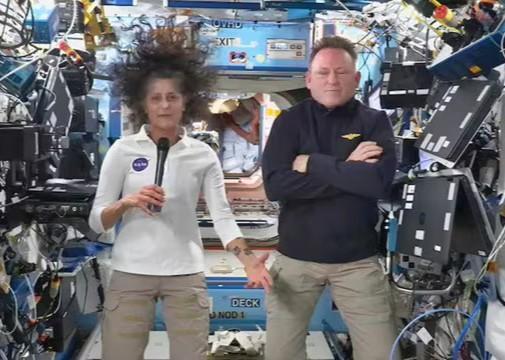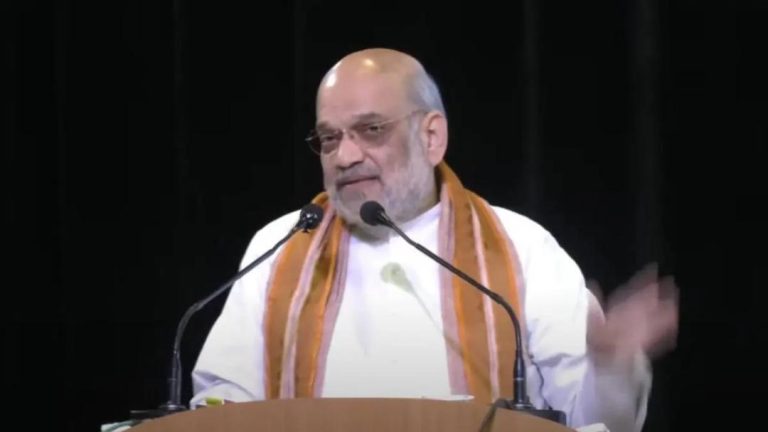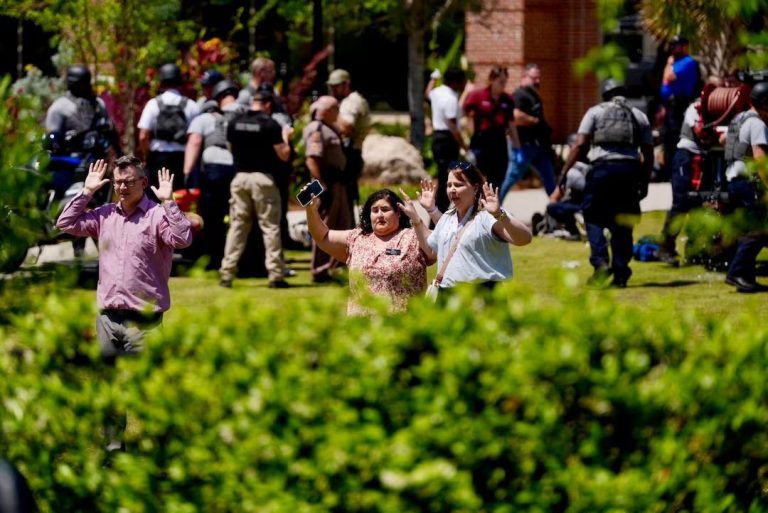
When & How Will Sunita Williams & Butch Wilmore be Brought Back from Space?
The International Space Station (ISS) has been a hub of human exploration and research for over two decades, with astronauts and cosmonauts from around the world calling it home for varying periods of time. Among the many individuals who have spent time on the ISS, two notable astronauts, Sunita Williams and Barry Wilmore, have been stuck on the space station for quite some time. The good news is that NASA has finally confirmed that they will be brought back to Earth soon, aboard SpaceX’s Crew Dragon spacecraft.
According to NASA, the expected landing date for Sunita Williams and Butch Wilmore, who are part of Crew 9, is March 16, 2025. However, their return is contingent upon the successful launch of Crew 10 on March 12. This is a significant development, and in this blog post, we will delve deeper into the details of their return, the challenges they faced, and what we can expect in the future.
Background: Sunita Williams and Butch Wilmore on the ISS
Sunita Williams and Barry Wilmore were part of Expedition 64, which arrived at the ISS in November 2021. Since then, they have been conducting various scientific experiments, performing spacewalks, and maintaining the space station. Their initial mission was scheduled to last for six months, but due to the ongoing COVID-19 pandemic and other factors, their stay was extended.
During their time on the ISS, Williams and Wilmore have been involved in various activities, including conducting experiments on the effects of microgravity on the human body, testing new technologies, and performing maintenance tasks. They have also had to deal with the challenges of living in a confined environment for an extended period, including adjusting to the unique physical and psychological demands of space travel.
The Return Journey: Challenging but Necessary
The return journey of Sunita Williams and Butch Wilmore will be a complex and challenging process. The Crew Dragon spacecraft, developed by SpaceX, will be responsible for transporting the astronauts back to Earth. The spacecraft will have to navigate through the harsh conditions of space, including extreme temperatures, radiation, and debris, to ensure a safe and successful landing.
The landing itself will be a critical phase of the journey. The Crew Dragon will have to descend through the Earth’s atmosphere, using its heat shield to protect itself from the intense heat generated by friction. Once it reaches the Earth’s surface, the spacecraft will deploy its parachutes to slow down and then land on the surface.
The Challenges Ahead
While the return journey of Sunita Williams and Butch Wilmore is a significant milestone, there are still several challenges that need to be addressed. One of the major concerns is the potential for unexpected delays or complications during the launch and landing phases. The Crew Dragon spacecraft is a complex system, and any issues could impact the safety and success of the mission.
Another challenge is the physical and emotional toll of long-duration spaceflight. Williams and Wilmore will have spent over two years in space, which can take a significant toll on the human body. They will need to undergo a period of rehabilitation and readjustment to Earth’s gravity and environment.
The Future of Space Exploration
The return of Sunita Williams and Butch Wilmore marks an important milestone in the history of space exploration. It demonstrates the capabilities of the Crew Dragon spacecraft and the ability of NASA to safely transport astronauts to and from space.
In the future, we can expect to see more crewed missions to the ISS and beyond. NASA plans to send astronauts to the Moon and Mars in the coming decades, and private companies like SpaceX and Blue Origin are also working towards establishing a human presence in space.
Conclusion
The return of Sunita Williams and Butch Wilmore from the International Space Station is a significant event that marks a major milestone in the history of space exploration. While the challenges they faced during their time on the ISS were significant, their return is a testament to the capabilities of NASA and its partners to safely transport astronauts to and from space.
As we look to the future, we can expect to see more crewed missions to the ISS and beyond. The return of Williams and Wilmore is an important step towards establishing a human presence in space, and it sets the stage for even more exciting developments in the years to come.






